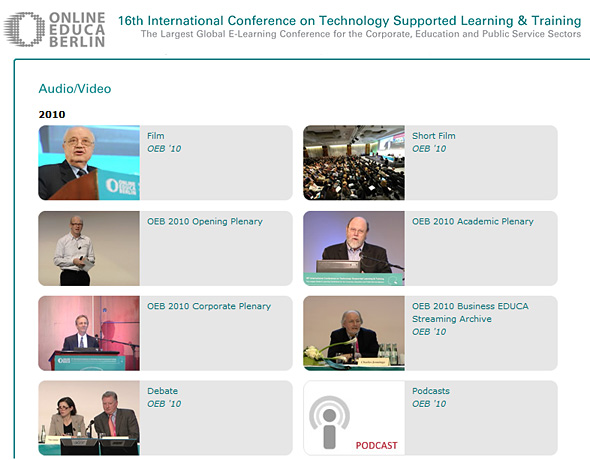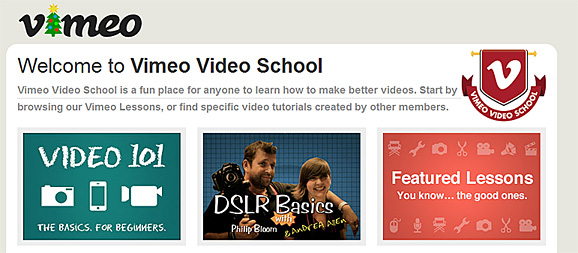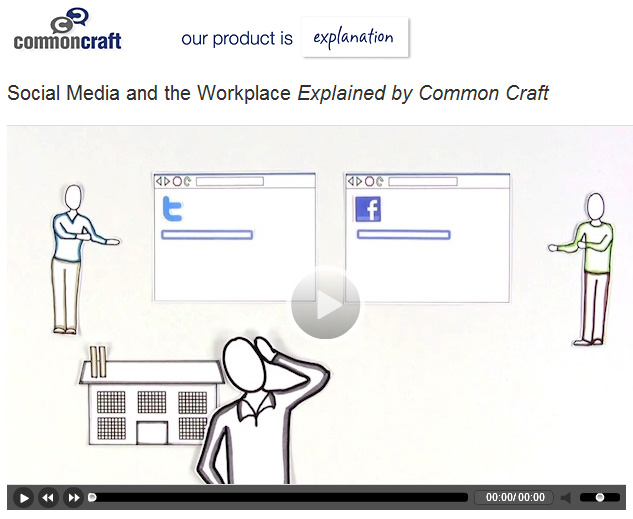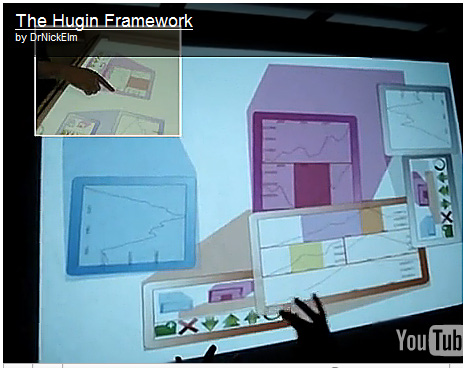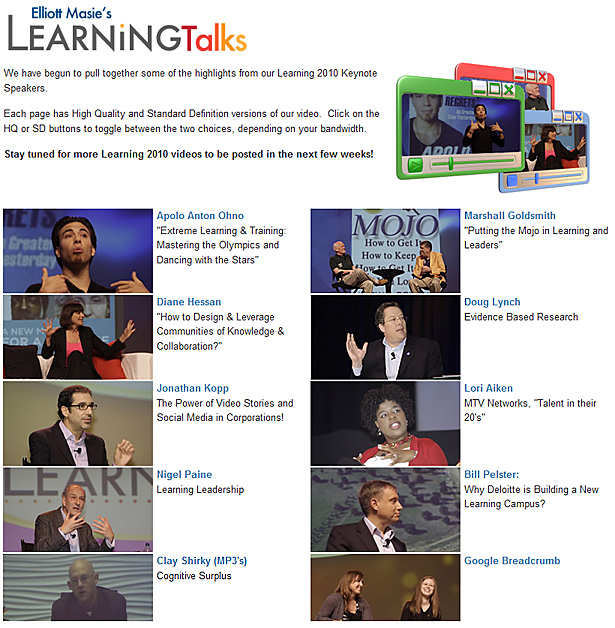The Learning Ecosystem — from Chief Learning Officer by Mal Poulin
“Without a sustainable, user-friendly and easily implemented plan to capture and spread information between employees, technology is just hardware and software.”

- Environments, cultures, organizations, and methods that support workplace learning and performance. It’s not about the software; it’s about what they do with it.
- Strategies, processes, and tools to enable learning in every aspect of the business or operation. The goal is to yield front-line performance improvements that result in customers who notice and come back for more products and services.









